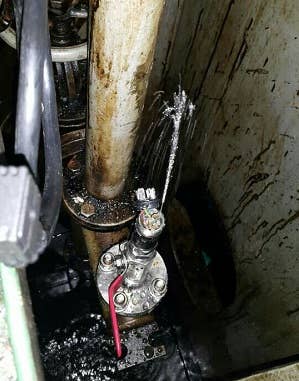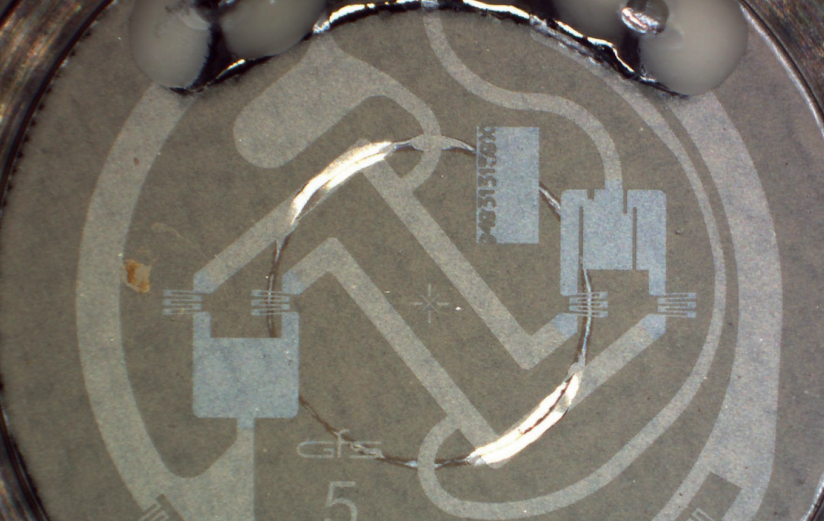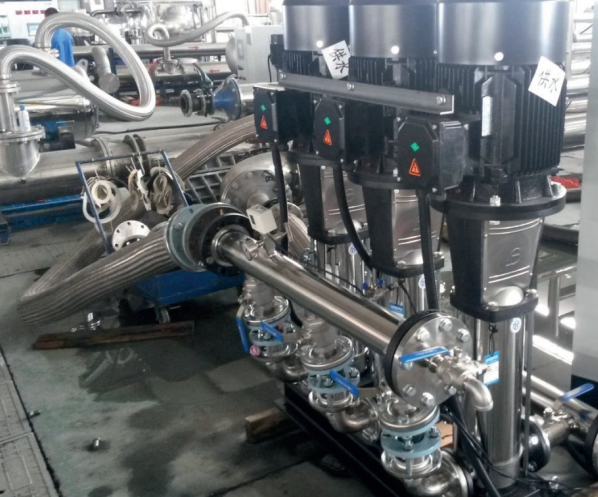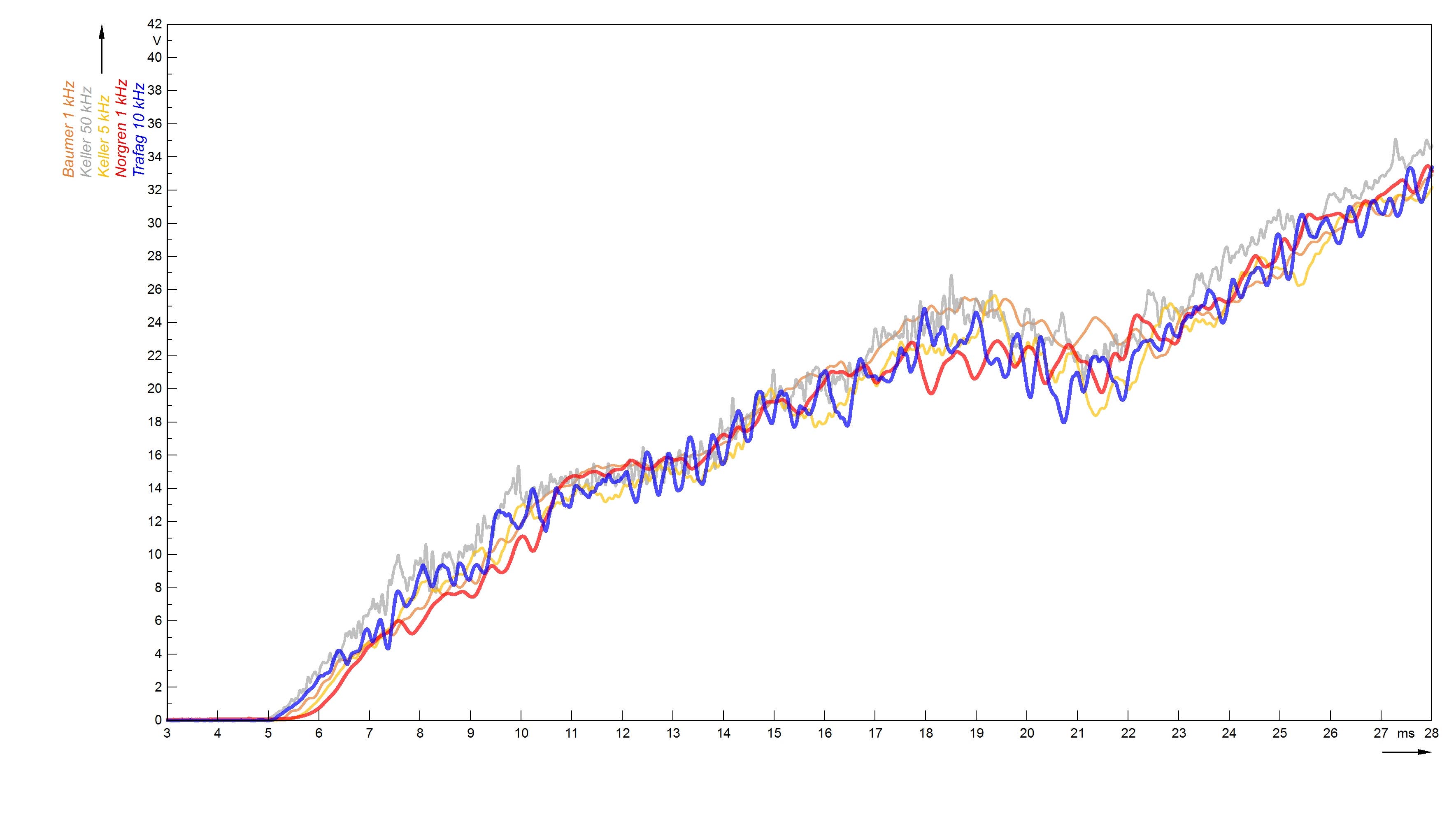Defective pressure transmitters due to pressure peaks?
High overpressure resistance is the solution
A common problem in applications with water, oil, or other liquids are brief pressure peaks, which are so high that they damage the measuring cell of pressure transmitters. If pressure peaks of this kind occur, a pressure transmitter with maximum overpressure resistance, which requires a very long-term stable measuring cell and powerful electronics, must be used.
Even if the system is carefully designed, it is possible that a pressure wave develops in the system due to quickly closing valves or external forces such as impacts, which exceeds the maximum nominal pressure multiple times. Since these pressure peaks only occur in the millisecond range, they are often not even detected by the installed measuring systems. However, these pressure peaks often involve increased wear or even defective pressure transmitters. Pressure transmitters used in systems with brief pressure peaks are usually equipped with a pressure peak compensator, to filter out high-frequency pressure peaks. However, this is not always sufficient.
The search for the cause of the pressure peaks is often tedious and rarely produces any tangible results or approaches for an improvement. Therefore, in case of defective pressure transmitters, the most practicable way is to select a product that can withstand these pressure peaks thanks to a higher overpressure resistance. For this purpose, measuring cells that are actually designed for a higher measuring range are used in the pressure transmitters. The signal is then zoomed accordingly. This can significantly increase the overpressure resistance, which is usually two to three times the nominal pressure.
However, since zooming not only increases the signal, but also the error or measurement uncertainty by this factor, these pressure transmitters often have a lower precision. With powerful electronics and more complex calibration, some of these errors, such as non-linearity and temperature effects, can be partially compensated. Yet apart from the hysteresis, which cannot be compensated, the long-term stability is primarily the decisive criterion for use over many years: If measuring cells with a typical long-term drift of 0.2 % per year are additionally zoomed by a factor of 2, the measurement uncertainty is already far above 1% after 3 years, i.e. several times higher than at delivery. For this reason, it is crucial to use an extremely long-term stable measuring cell.


Pressure transmitters with fivefoldoverpressure resistance
This is exactly where the Trafag pressure transmitters with the 5P option come in. This option guarantees a fivefold overpressure resistance compared to nominal pressure without any loss of accuracy. On the one hand, this performance is achieved by using an extremely longterm stable thin-film-on-steel measuring cell – it has already proven itself hundreds of thousands of times in the toughest applications, such as mobile hydraulics. On the other hand, powerful electronics are used, which are based on an ASIC (application-specific microchip) developed in-house. Thanks to the extremely robust thin-film-on-steel measuring cell, even the long-term drift is no problem: During continuous load tests with twice the nominal pressure over 20 million load changes, the drift remained below 0.1%.


If a corrosive measuring medium is monitored, the thin-film-on-steel measuring cell will be damaged. Therefore, in this case, pressure transmitters with a ceramic measuring cell are used. Ceramic measuring cells consist of aluminium oxide and are extremely robust against corrosion. Here, too, the powerful electronics come into play, allowing up to five times the overpressure resistance. The disadvantage is a slightly lower precision. If pressure transmitters come into contact with corrosive media, the housing and the pressure connection in contact with the media must also be selected accordingly. The most suitable materials are titanium or salt water resistant duplex steel.


Would you like to read the whitepaper later?
Do you have problems with defective pressure sensors or applications where high pressure peaks may occur?
We will be happy to advise you on the selection of the appropriate pressure transmitter. Please get in touch with us.







